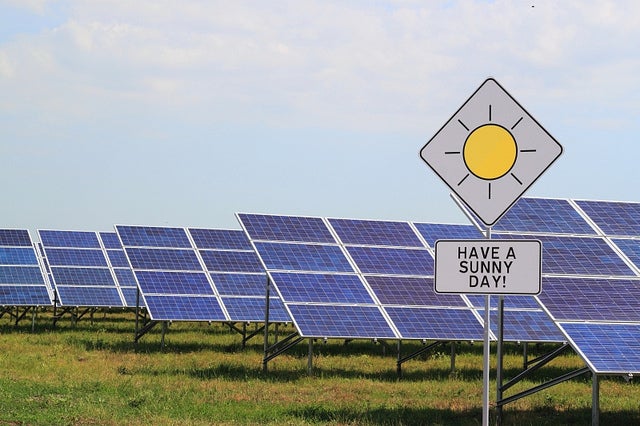We’ve almost made it to the midway point of the 84th Session of the Texas Legislature. As many already know, the Texas Legislature only meets from January to May every other year, so a lot has to get done in these few months.
This midway point is critical because it marks the deadline for Representatives and Senators to file bills, and it signals the rush to the finish line. Once we pass this point, the speed picks up substantially, as do the working hours and pressure.
Most bills that are filed will not make it to the Governor’s desk – for any number of reasons. But it is a good time to check in to see which climate, clean energy, and energy-water nexus bills have been filed this Session. Here’s a look at a few that are likely to rise to the top, and ones we hope will cross the finish line by June 1st. Read More















